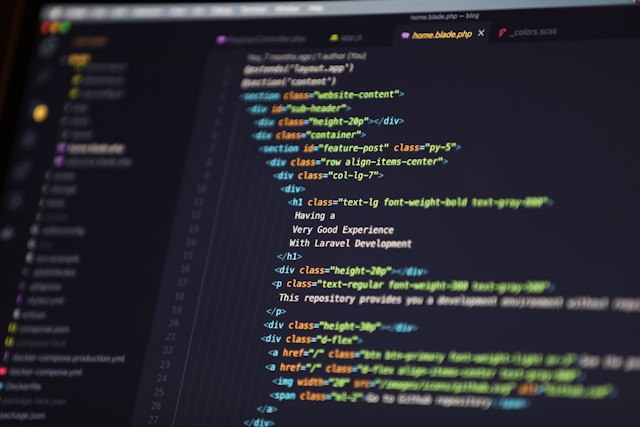
Introduction
Python, an illustrious titan in the pantheon of programming languages, has secured its eminence through a mélange of remarkable features and versatile applications. Born from the fertile imagination of Guido van Rossum in the late 1980s, Python’s elegant simplicity and robust capability have catapulted it into the forefront of modern computing.
Elegant Simplicity and Versatility
At the heart of Python’s allure is its elegant syntax—a feature that emphasizes readability and conciseness. Python eschews the complexity that often encumbers other languages, instead favoring a syntax that reads like prose. This design philosophy not only enhances comprehension but also accelerates development, making Python an accessible language for both neophytes and seasoned developers.
Another hallmark of Python is its versatile standard library. With a comprehensive collection of modules and packages, Python furnishes developers with the tools needed to tackle a plethora of tasks—from file I/O operations to complex data manipulations. The vast array of third-party libraries further amplifies Python’s versatility, enabling it to seamlessly integrate with various technologies and platforms.
Web Development: Crafting Digital Realms
Python’s utility extends profoundly into the realm of web development. Frameworks such as Django and Flask empower developers to construct dynamic, scalable web applications with remarkable efficiency. Django, renowned for its “batteries-included” philosophy, provides a rich suite of built-in features, fostering rapid development and robust security. Flask, in contrast, offers a minimalist approach, granting developers the flexibility to tailor their applications with precision.
These frameworks encapsulate Python’s ability to streamline the web development process, facilitating the creation of everything from intricate e-commerce platforms to streamlined content management systems.
Data Science and Analytics: Unveiling Insights
In the domain of data science, Python reigns supreme. Its prowess is evident in libraries such as Pandas, NumPy, and Matplotlib. Pandas, with its data structures and operations for manipulating numerical tables and time series, has become a cornerstone for data wrangling and analysis. NumPy underpins numerical computations, offering a suite of mathematical functions that operate on arrays. Matplotlib, a plotting library, allows for the visualization of complex datasets, transforming raw data into comprehensible graphs and charts.
These tools collectively empower data scientists to uncover insights, develop predictive models, and make data-driven decisions with unprecedented ease and accuracy.
Machine Learning and Artificial Intelligence: Forging Intelligent Systems
Python’s ascendancy in the field of machine learning and artificial intelligence (AI) is nothing short of transformative. Libraries such as TensorFlow, Keras, and Scikit-learn epitomize Python’s capacity to facilitate sophisticated machine learning algorithms and models.
TensorFlow, an open-source library developed by Google, offers a comprehensive ecosystem for building and training machine learning models. Keras, a high-level neural networks API, simplifies the process of designing and experimenting with deep learning models. Scikit-learn provides a plethora of tools for implementing classical machine learning algorithms, from regression to clustering.
Together, these libraries enable the development of intelligent systems capable of tasks ranging from natural language processing to image recognition, underpinning advancements in AI across various sectors.
Scientific Computing and Automation: Streamlining Complex Tasks
Python’s capabilities extend into scientific computing and automation, areas where precision and efficiency are paramount. Libraries such as SciPy and SymPy are instrumental in performing complex numerical computations and symbolic mathematics. SciPy offers algorithms for optimization, integration, and interpolation, while SymPy provides tools for algebraic manipulation and equation solving.
In the realm of automation, Python’s Selenium and BeautifulSoup libraries facilitate web scraping and browser automation, streamlining repetitive tasks and enabling the extraction of valuable information from the web.
Conclusion
Python’s omnipresence in contemporary technology is a testament to its multifaceted features and applications. Its intuitive syntax, extensive libraries, and adaptability across diverse domains—from web development to machine learning—underscore its significance in shaping the digital landscape. As technology continues to evolve, Python’s role as a pivotal tool in innovation and development remains unwavering.